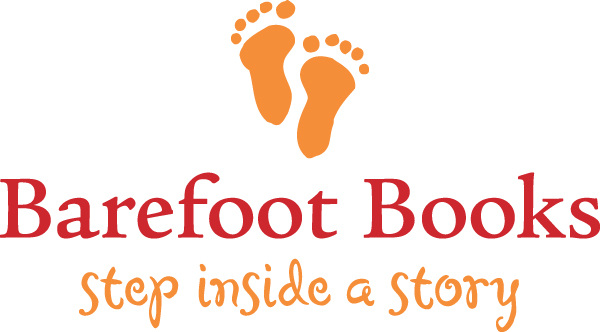Class Description: Are you a parent or educator and want to inspire children to connect with nature? Join us for an exploration of teachings from the Wilderness Awareness School for youth of all ages. Through classroom discussion and “in the field” activities, we will connect with our innate ability to learn from nature, and develop a nurturing perspective on the art of mentoring children. At the end of this class you will have a foundation for engaging children’s inherent wonder through games and activities, without necessarily having to “teach” them.
Notes
Sit Spots and Storytelling
- A sit spot is a place we get to know very well. A private, special place to explore and really get to know
- It should be a place we can get to often and easily. Finding a balance between location and frequency is important. It should be a special place, but close to ensure frequent visits; Your own yard can be a sit spot and you might be more likely to visit every day. Or it could be down the street or other side of town, but be sure only to pick this is you can commit to visiting often
- Sit spots are important because… They can be a place for reflection and contemplation. These places create ‘brain patterning’; connection and association between observations made in this place and the rest of the world. Sit spots encourage in depth learning about a small set of information and being able to extrapolate that knowledge to other situations
- Encourage kids to use a different perspective (and help widen perspective) by using animal qualities to explore the natural environment.
- Owl Eyes - We practiced this in class; walk your path looking straight ahead, try not to move your eyes but instead use your peripheral vision to see your surroundings. Encouraging youth to do this can help them focus and really see their environment; explain why its called owl eyes and how owls use their large eyes and peripherial vision to see their surroundings without moving their eyes
- Fox Walking - kids get down on their hands and knees. They take on the shape of animals and move in different ways to explore small spaces without “walking” space.
- Questioning - over lecture style teaching of imparting knowledge - encourages kids to think critically about their learning. Instead of directly telling kids about a certain type of plant or name of an animal, ask them questions about what they observe: “what do you notice about this tree?” what does its leaves look like (shape, color)? If kids spend time with the materials, getting to know its unique qualities, they’ll be more likely to absorb and contextualize the information. Replying to questions of “what’s this called” too quickly isn’t as rich of an experience; kids are more likely to learn and forget quickly
- Balancing planned and unplanned/unstructured time is important. Too much planning and scheduling might lead to rushing through the experience faster than ideal for the sake of teaching a set amount of information and disappointment/frustration when kids don’t “follow the plan.” Instead, allow for flexibility and quality experience even if it means not getting to everything. As the “mentor” you might plan a mile hike to explore a variety of plants and animals, but might only get through 1000 feet of the walk with the kids taking their time and exploring what they find interesting. And that is okay; even better!




 RSS Feed
RSS Feed